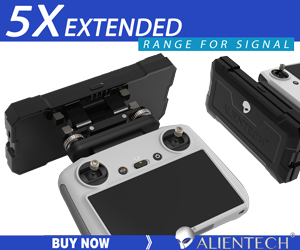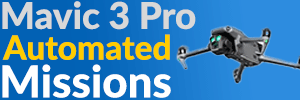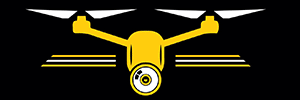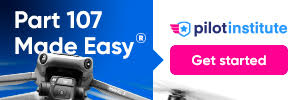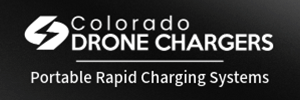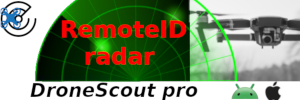Hey everyone,
I wanted to share a detailed hyperlapse comparison I just finished using the DJI Mini 5 Pro, testing three different methods.
Here’s what I tested:
 Built-in Hyperlapse Mode (photo) with drone assembled mp4 – quick and automatic.
Built-in Hyperlapse Mode (photo) with drone assembled mp4 – quick and automatic.
 Manual RAW DNG Sequence – assembled and graded in DaVinci Resolve.
Manual RAW DNG Sequence – assembled and graded in DaVinci Resolve.
 60 FPS Video Hyperlapse – retimed and processed with synthetic 180° motion blur.
60 FPS Video Hyperlapse – retimed and processed with synthetic 180° motion blur.
Each method has its own strengths: the built-in one is super fast, the RAW DNG delivers the best color depth and manual stabilization opportunity without cropping too much the original footage , and the video workflow gives you complete control over motion blur and stabilization.
 In the video I cover:
In the video I cover:
Shot on: DJI Mini 5 Pro
Edited in: DaVinci Resolve Studio
Watch the full comparison here:
Summary of my findings:
1. For a sunny day hyperlapse with 2-second interval, you would need ND filter 1000 to achieve a 180-degree motion blur.
2. MP4 built-in hyperlapse output is nice and has similar stabilization to Davinci Resolve perspective stabilization; however, it zoom's 150 % from the original footage 4000x3000 px , which leads to some quality loss.
3. With raw DNG processing and manual stabilization in Davinci we could achieve better results without crashing zoom that much and do a bit better stabilization in general.
4. If you don't have a suitable ND filter for specific lighting conditions or no time to experiment with ND filter (like in this Sunrise situation tutorial - ) to achieve the desired motion blur Video mode is the choice. You will get a bit less sharp and detailed output - but you will get total control of the motion blur lenght.
I’d love to hear your thoughts.
Cheers.
I wanted to share a detailed hyperlapse comparison I just finished using the DJI Mini 5 Pro, testing three different methods.
Here’s what I tested:
Each method has its own strengths: the built-in one is super fast, the RAW DNG delivers the best color depth and manual stabilization opportunity without cropping too much the original footage , and the video workflow gives you complete control over motion blur and stabilization.
- Flight planning & ND filter setup
- How to get correct 180° shutter for smooth motion
- Importing and grading DNGs in Resolve
- Creating realistic motion blur from high-shutter video footage
- Side-by-side comparison with all three results
Shot on: DJI Mini 5 Pro
Edited in: DaVinci Resolve Studio
Watch the full comparison here:
Summary of my findings:
1. For a sunny day hyperlapse with 2-second interval, you would need ND filter 1000 to achieve a 180-degree motion blur.
2. MP4 built-in hyperlapse output is nice and has similar stabilization to Davinci Resolve perspective stabilization; however, it zoom's 150 % from the original footage 4000x3000 px , which leads to some quality loss.
3. With raw DNG processing and manual stabilization in Davinci we could achieve better results without crashing zoom that much and do a bit better stabilization in general.
4. If you don't have a suitable ND filter for specific lighting conditions or no time to experiment with ND filter (like in this Sunrise situation tutorial - ) to achieve the desired motion blur Video mode is the choice. You will get a bit less sharp and detailed output - but you will get total control of the motion blur lenght.
I’d love to hear your thoughts.
Cheers.
Last edited:



